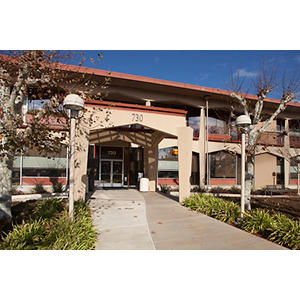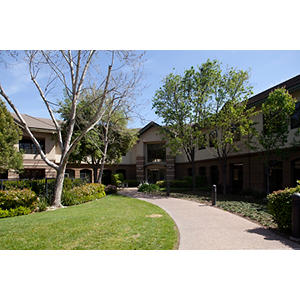Juliet Knowles, MD, PhD
Assistant Professor
Epilepsy
Mary L. Johnson Specialty Services
Child Neurology
730 Welch Road
Palo Alto, CA 94304
Phone:
(650) 723-0993
Fax:
(650) 721-6350
Locations


Stanford Children's Health Specialty Services Sunnyvale
1195 West Fremont Avenue
Sunnyvale, CA 94087
Phone : (408) 426-5590
Work and Education
Professional Education
Stanford University School of Medicine, Palo Alto, CA, 6/12/2011
Residency
Stanford University Child Neurology Residency, Palo Alto, CA, 6/30/2016
Fellowship
Stanford University Pediatric Epilepsy Fellowship, Palo Alto, CA, 6/30/2018
Internship
Stanford Health Care at Lucile Packard Children's Hospital, Palo Alto, CA, 6/30/2013
Board Certifications
Epilepsy, American Board of Psychiatry and Neurology, 2018
Neurology with Special Qualifications in Child Neurology, American Board of Psychiatry and Neurology, 2016
Languages
English
French


Connect with us:
Download our App: